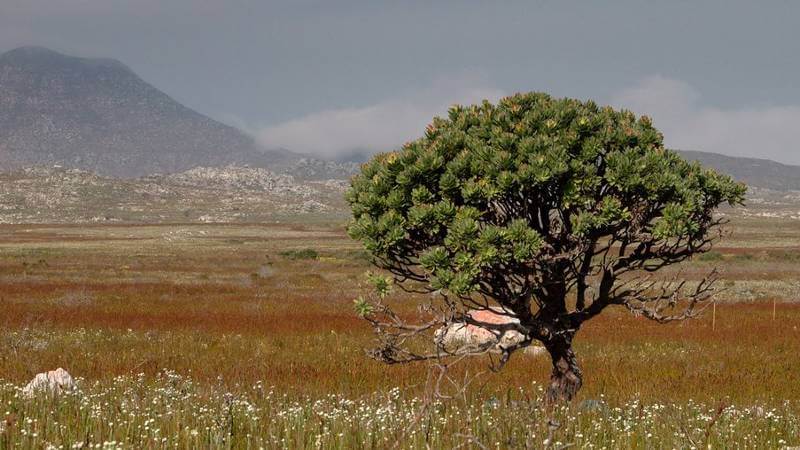NASA satellite and airborne tools aid an international team studying biodiversity on land and in the water around South Africa.
An international team of researchers spent October and November 2023 in the field studying one of the world’s most biologically diverse areas – South Africa’s Greater Cape Floristic Region. As part of the effort, researchers used NASA airborne and space-based instruments to gather complementary data to better understand the unique aquatic and terrestrial ecosystems in this region. Their findings will inform the capabilities of future satellite missions aimed at studying plants and animals.
“The food we eat, the clean water that we drink, and the air we breathe comes from the diversity of life on planet Earth,” said Erin Hestir of the University of California, Merced, and the campaign’s lead aquatic researcher. “As we lose species, we’re potentially losing Earth’s ability to sustain healthy human societies and provide healthy food and clean water for all.”
Known as the Biodiversity Survey of the Cape (BioSCape), the effort is a large collaboration led in the U.S. by NASA, the University at Buffalo in New York, and the University of California, Merced. It is led in South Africa by the University of Cape Town and the South African Environmental Observation Network.
The Greater Cape Floristic Region covers about 2.5 million acres (1 million hectares) on South Africa’s southwestern tip. Home to many plant and animal species found nowhere else on Earth, the biodiversity hotspot is recognized as a World Heritage Site by the United Nations Educational, Scientific, and Cultural Organization (UNESCO). The area also includes several UNESCO Biosphere reserves to protect unique terrestrial and aquatic environments.
The BioSCape team is testing how well airborne and satellite remote sensing can characterize the region’s terrestrial, freshwater, and marine biodiversity. Space- and airplane-based instruments can cover more ground – and do so faster as well as more frequently – than crews in the field. This has a wide range of practical applications, from mapping the presence of invasive plants to better understanding the drivers of harmful algal blooms.
A Challenging Area
“South Africa is a hugely biodiverse place, but it’s a very challenging environment in which to do remote sensing research,” said Anabelle Cardoso, BioSCape science team manager at the University at Buffalo and the University of Cape Town. “With so many plant and animal species packed into a relatively small area, using remote sensing instruments to differentiate between species living in close proximity can be difficult.”

